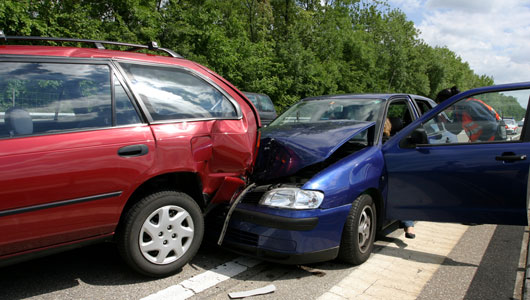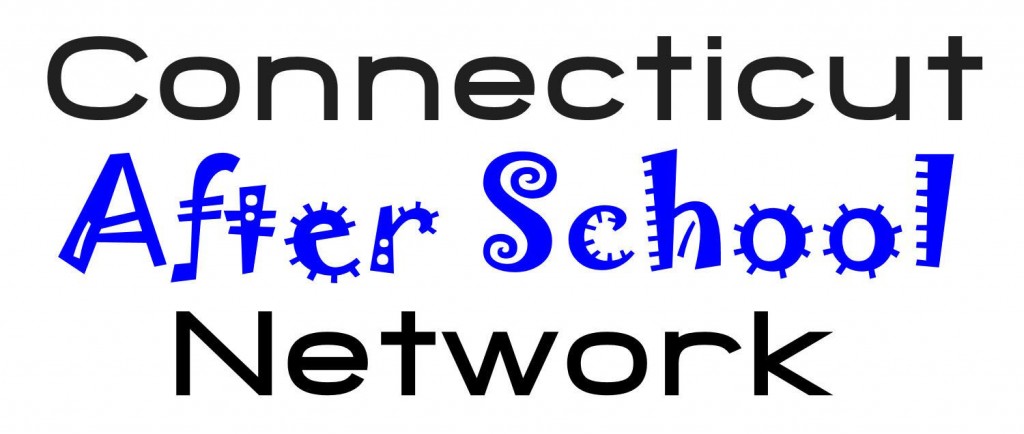Immigration Becomes Focus at State Capitol
/Immigration continues to be not only part of the American historical fabric, but one of the current hot button issues in Congress and the country. The Connecticut Immigrant Rights Alliance (CIRA) is organizing a rally that will march from the Old State House to the State Capitol on April 10, beginning at 3:30 PM. Organizers say “the time is now” for a “realistic path to citizenship” and “reform that keeps families together, raises standards for all working people, and keeps the economy strong.” They will be urging President Obama and Congress to pass “common sense immigration reform” this year.
The following day, April 11, the Connecticut Immigrant and Refugee Coalition will host the 16th annual Connecticut Immigrant Day ceremony at the State Capitol’s Old Appropriations Room from 1:00 to 2:30 PM. The keynote speaker will be Jose B. Gonzales of New London, associate professor of English at the U.S. Coast Guard Academy, and the recipient of the Connecticut Department of Education's Faculty of the Year Award in higher education. A native Spanish speaker, he was born in San Salvador, and is an Essayist and Poet.
In a recent public opinion poll, sixty-eight percent (68%) of likely U.S. voters think immigration - when done within the law - is good for America. The Rasmussen Reports national telephone survey fund that only 19% disagree and feel legal immigration is bad for the country. Thirteen percent (13%) are not sure.
The recently formed CIRA is comprised of immigrant families, community leaders and elected officials - a new statewide coalition calling for a path to citizenship for all undocumented immigrants, an end to family separations, and a moratorium on deportations.
The nonprofit Connecticut Immigrant and Refugee Coalition (CIRC) was established in 1996 as a broad-based network of community agencies, religious groups, legal service providers and immigrant rights activists committed to protecting the rights and welfare of refugee and immigrant communities in the state. Within this network, numerous refugee and immigrant groups are represented.
Amidst all the policy discussion, the Hartford Public Library conducts free citizenship classes on Saturday mornings, 10 am- 12 pm, for a 12-week cycle, at the branch at 1250 Albany Avenue. They also offer DVDs, CDs and books to support the classes, and volunteer tutors are available on request. The classes are funded in part by the U.S. Citizenship and Immigration Service, according to the Library.







































